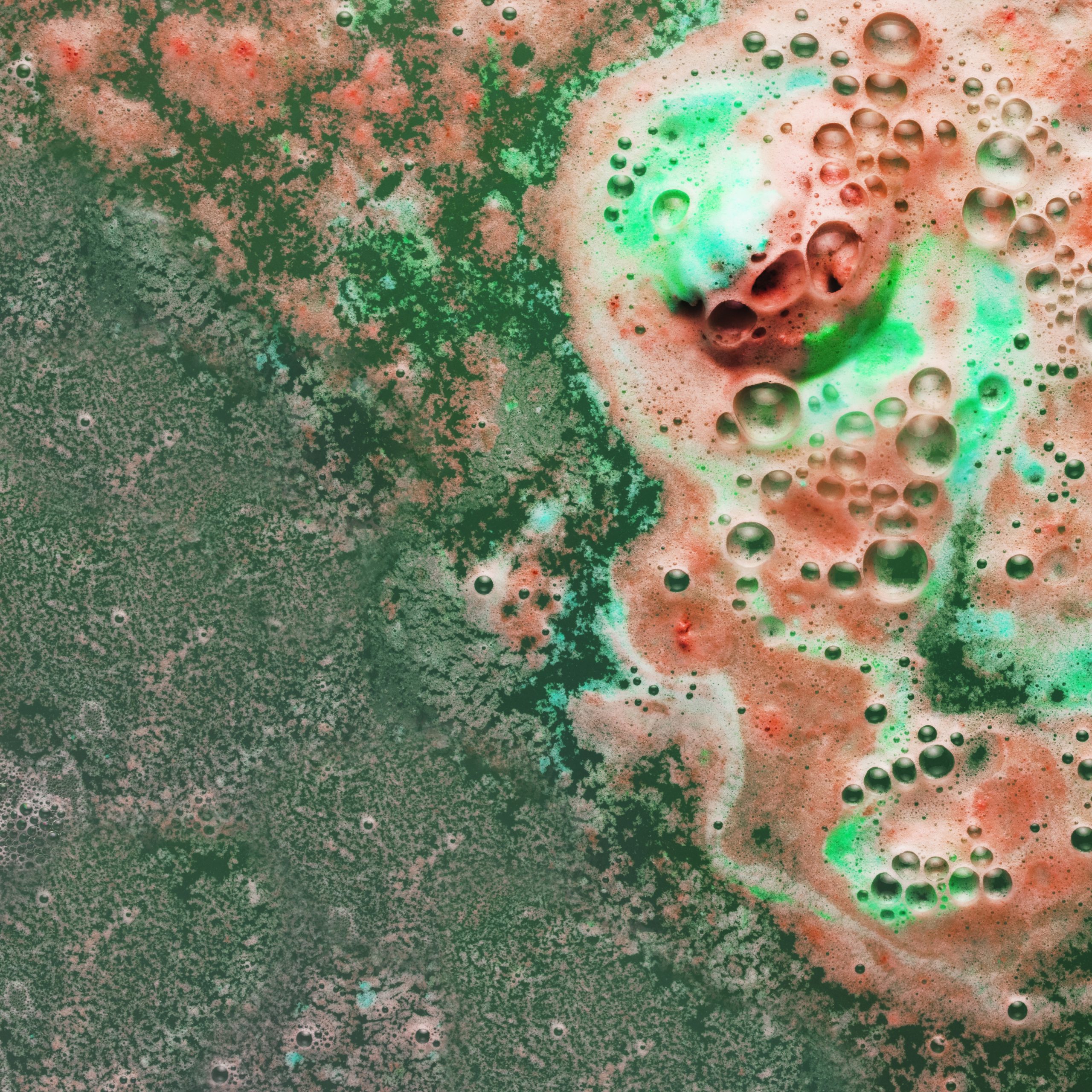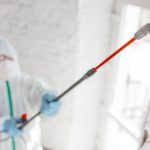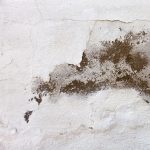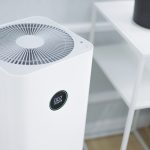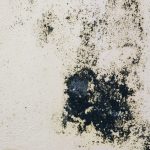
When a storm hits Southwest Florida, it doesn’t just leave behind wind damage and fallen branches—it often brings in something harder to see: moisture that leads to mold. And in a humid place like Naples, mold can start growing fast—sometimes in as little as 24 to 48 hours after water intrusion. Whether you live in Marco Island, Bonita Springs, Estero, or anywhere in Collier or Lee County, knowing how to check your home for mold after a storm is critical.
Here’s a step-by-step guide to help you spot the signs early—and know when it’s time to call in a professional.
1. Start with a Visual Inspection
Begin with a walk-through of your home, inside and out.
- Check ceilings and walls for water stains, bubbling paint, or dark spots.
- Look around windows and doors—these are common places where water can seep in.
- Inspect baseboards and corners, especially near the floor where flood water might have entered.
- Don’t forget closets, behind furniture, and attic spaces, which may not dry as quickly and can trap moisture.
Mold isn’t always black—it can be white, gray, green, or even orange. But any discoloration on surfaces that were recently wet should be a red flag.
2. Use Your Nose
One of the easiest ways to detect mold is to follow your nose. A musty or earthy smell is a common giveaway. If you walk into a room—especially a garage, bathroom, or laundry room—and it smells damp or “old,” chances are mold is starting to grow, even if you don’t see it yet.
Pro tip: If the AC has been off during the storm, the smell may be stronger when you turn it back on and mold spores start circulating through the air ducts.
3. Pay Attention to Symptoms
Mold doesn’t just harm your home—it can affect your health. If you or someone in your family starts experiencing:
- Allergies
- Coughing
- Itchy eyes
- Sinus issues
- Headaches
…after a storm, it might not just be the weather. Mold exposure is a real issue in Florida homes, especially after heavy rain or hurricanes.
4. Check HVAC and Vents
Storms often cause power outages, meaning your HVAC system may shut off, allowing indoor humidity to spike. After the storm:
- Inspect air vents for signs of discoloration or dust buildup.
- Open your AC return panel and check the air filter—if it’s wet, mold may already be forming.
- If you smell anything odd coming from the vents, that’s a sign mold could be inside the ductwork.
5. Look in Hidden or Hard-to-Reach Places
Some of the most common areas for mold to grow after a storm in Southwest Florida include:
- Inside drywall and insulation
- Behind cabinets
- Under floorboards or carpet padding
- Around plumbing access panels
- In crawl spaces or basements, especially in older homes
You may not be able to access all these spots yourself—and that’s okay. The goal is to know where moisture might be trapped so you can decide whether a professional inspection is needed.
6. Use Tools (If Available)
If you’re a hands-on homeowner, a few basic tools can help:
- A moisture meter can detect water inside walls or under flooring.
- An infrared camera (used by professionals like QCI) can detect temperature changes that suggest hidden moisture without opening walls.
- Some hardware stores offer mold test kits, but they often give false positives or don’t tell you what kind of mold is present.
These tools can help you catch issues early—but if you’re unsure or need peace of mind, skip to the last step.
7. Call a Mold Inspection Professional
If there’s visible damage, musty smells, or symptoms that suggest mold, don’t wait. Mold spreads fast in Florida’s humid climate—especially in coastal cities like Naples, Marco Island, and Bonita Springs.
At QCI, we use:
- Infrared scanning
- Moisture mapping
- Same-day mold lab testing
- Chemical-free remediation methods that are safe for kids, pets, and sensitive lungs
We serve all of Collier and Lee Counties, including Estero, Golden Gate, North Naples, Cape Coral, Fort Myers, and nearby areas.
📍 Our Location & Contact Info
QCI – Mold & Indoor Air Quality Experts
Proudly Serving: Naples, Marco Island, Bonita Springs, Estero, and surrounding areas in Collier and Lee Counties.
📞 (239) 777-2875
🌐 https://qci-online.com
Think your home might have mold after a storm?
Don’t wait until it spreads—get peace of mind with a professional inspection.
Call QCI today at (239) 777-2875 or visit qci-online.com to schedule your mold check.


